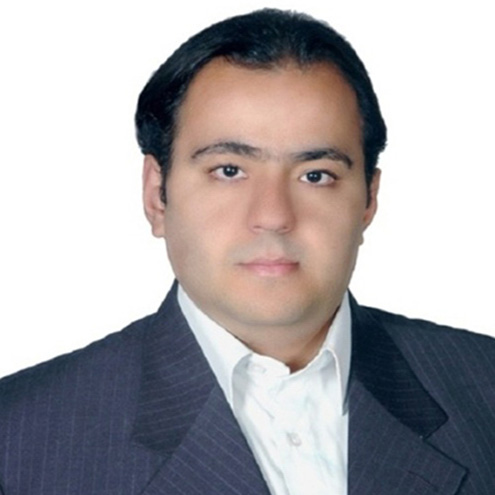CISE: MSI
OVERVIEW
Nowadays, cellular networks have emerged as the preeminent communication technology, primarily due to their profound impact on modern society. 5G and beyond offer distinctive features, such as high transmission rate, ultra-reliable low-latency communication, massive machine-type communication, and edge and cloud computing. Nevertheless, the performance of these networks can be susceptible to fluctuations in demand or unanticipated physical damage to the underlying infrastructure - i.e., terrestrial base stations (TBSs) - through natural or man-made disasters. Recent advancements in artificial intelligence, control systems, and autonomy within the realm of cyber-physical systems have facilitated the utilization of autonomous unmanned aerial vehicles (UAVs) and autonomous vehicles to establish temporary cellular networks. These networks rely on flying base stations (FBSs) or vehicular base stations (VBS) in large-scale disasters or events where TBSs are either unavailable or unable to provide the required coverage and quality of service (QoS). In addition to their communication services, these autonomous vehicles can offer diverse functionalities, including rapid mapping of expansive areas, operations in hazardous zones, emergency deliveries, and search-and-rescue missions. However, despite the conceptual, scientific, and engineering advancements achieved thus far, the FBS and VBS infrastructures have not yet reached their full maturity.
The principal objective of this project is to develop an adaptive, multi-objective, multitier, and multi-task infrastructure consisting of aerial and vehicular base stations (MTBS). The aim is to improve the coverage and QoS of cellular systems while simultaneously facilitating various services, including situational awareness, package delivery, and target tracking, particularly in scenarios where the number of available vehicles is limited. The research and education agenda is framed around three thrusts: (1) performing fundamental research aimed at developing models and algorithmic tools for developing and implementing an adaptive, multi-tiered collection of UAVs and VBSs, to provide communication infrastructure in challenging environments, such as in a disaster zone; (2) developing trajectory-planning models in MTBS systems to deliver a realistic solution for effectively utilizing the base stations in critical missions wherein a small number of vehicles are available; and (3) evaluating the performance of the proposed models using testbed environments. The testbed and open-source code packages developed in this project will allow educators and field professionals to deploy them in both learning and training environments.
PEOPLE

Dr. Mehdi Sookhah
Assistant Professor
Department of Computer Science
Texas A&M Corpus Christi

Dr. Fatemeh Afghah
Associate Professor
Department of Electrical and Computer Engineering
Clemson University

Dr. Chandra N. Sekharan
Professor
Department of Computer Engineering
Texas A&M Corpus Christi
COLLABORATORS


FUNDING
The CISE:MSI Project is funded by the National Science Foundation's Award #2318726.
